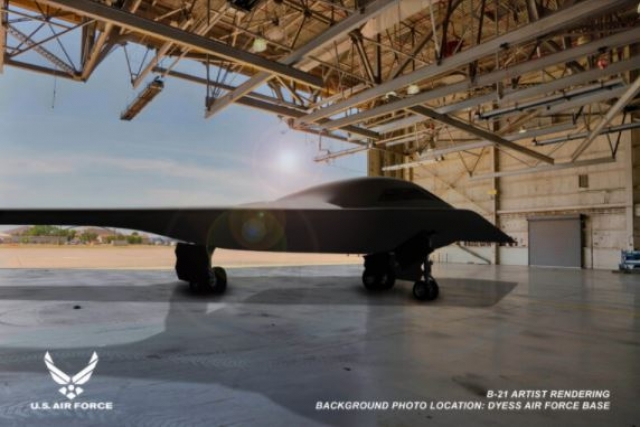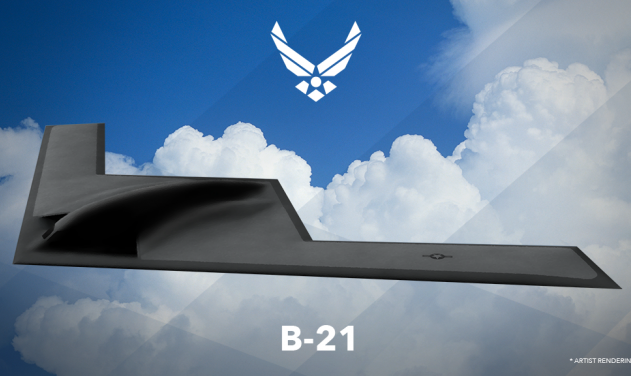First Flight of Second B-21 Stealth Bomber in 2022

The maiden flight of the U.S. Air Force’s second B-21 Raider stealth bomber is expected to take place in 2022.
The aircraft is currently under construction at Northrop Grumman’s facility in Palmdale, California. The Air Force predicted it could fly the secretive B-21 for the first time in December 2021.
In an interview with Air Force Magazine, Randall Walden, director of the Air Force Rapid Capabilities Office, said that forecast was always a best-case scenario, and first flight in mid-2022 is now a “good bet.”
The first Raider could be rolled out early next year. While it hasn’t reached final assembly yet, Walden said it is “starting to look like a bomber.”
“It’s looking pretty good,” he added. “We’re very pleased with the … very high percentages of efficiency” in building the second aircraft, “as compared to No. 1.”
The second plane, now moving down the production line, will allow the Air Force to vet the airframe. “The second one is really more about structures, and the overall structural capability,” he explained. “We’ll go in and bend it, we’ll test it to its limits, make sure that the design and the manufacturing and the production line make sense.”
Walden also said the program is using a business-class jet as an avionics testbed. Avionics and subsystems are being debugged in the surrogate aircraft before being loaded into the actual bomber. It is analogous to Lockheed Martin’s Cooperative Avionics Testbed aircraft—nicknamed CATbird.
Thrust issues discovered in 2018 related to the bomber’s inlet and serpentine ducting have been fixed, Walden revealed.
He declined to discuss the technical details of the problem, but said the fix “required some … basic changes to the design, of which we have a good understanding today through ground testing and engine testing.”
The Air Force wants the B-21 available for service around 2026 or 2027. It estimates the cost of developing and buying the first 100 aircraft at $80 billion in 2016 dollars. The service has requested $2.8 billion for the plane’s research and development in fiscal 2021 alone.










